Share this content:
Photography is an art form that allows us to capture special moments and preserve memories. It allows us to share our experiences with others in a unique way. It also allows us to explore our creativity, capturing unique perspectives and telling stories in a single image.
- You can control how much light hits your subject.
- And adjust the mood of your photo.
- Using a reflector can drastically improve your lighting.
- Especially in outdoor settings, without the need for expensive gear.
1. Tips for Taking Professional Headshots
Headshots are a vital part of personal branding, and as a photographer, delivering professional-quality headshots can be a lucrative service.
Start by ensuring soft, flattering lighting—natural window light works wonders. Position your subject in front of a clean background and use a wide aperture to slightly blur the backdrop, making the subject stand out.
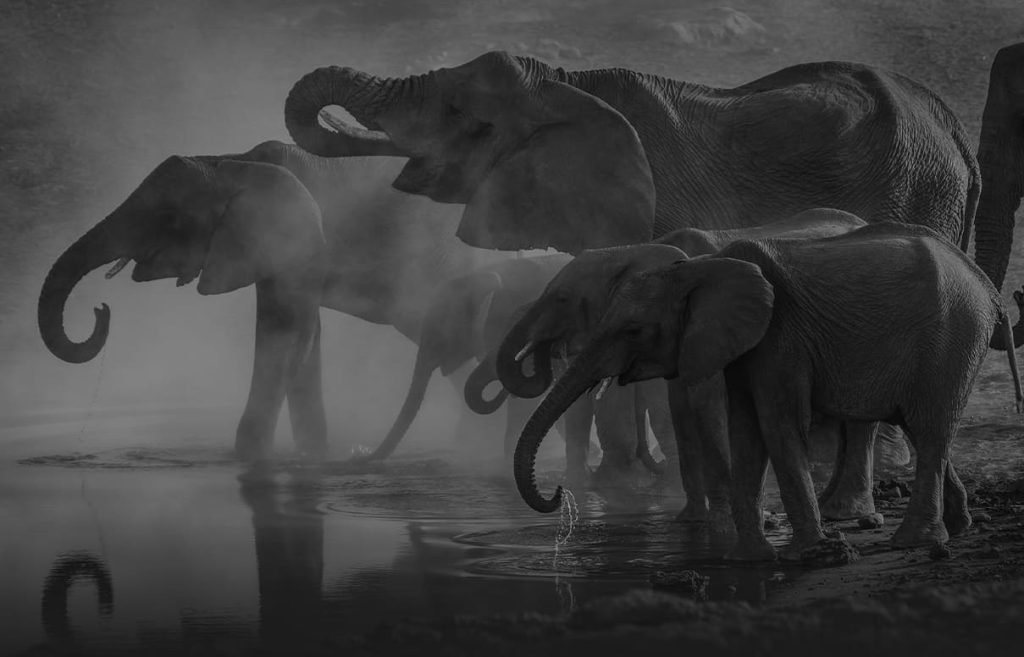
Engage your subject in conversation to help them relax, and capture a variety of expressions and angles. A well-executed headshot should highlight the subject’s confidence and personality, whether for corporate profiles or creative portfolios.
2. How to Improve Your Photography with a Simple Reflector
A reflector is one of the most affordable yet effective tools in a photographer’s kit. It helps bounce light back onto your subject, filling in shadows and creating a more evenly lit scene.
Reflectors come in different colors—silver for bright light, gold for warm tones, and white for a soft, natural look. By positioning the reflector at different angles, you can control how much light hits your subject and adjust the mood of your photo.
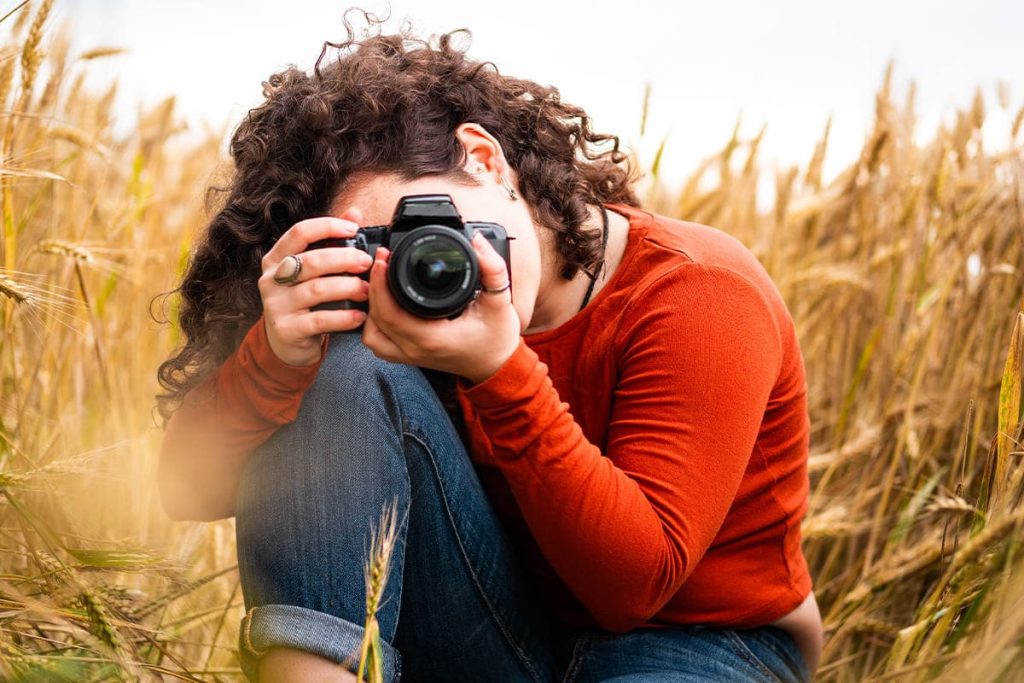
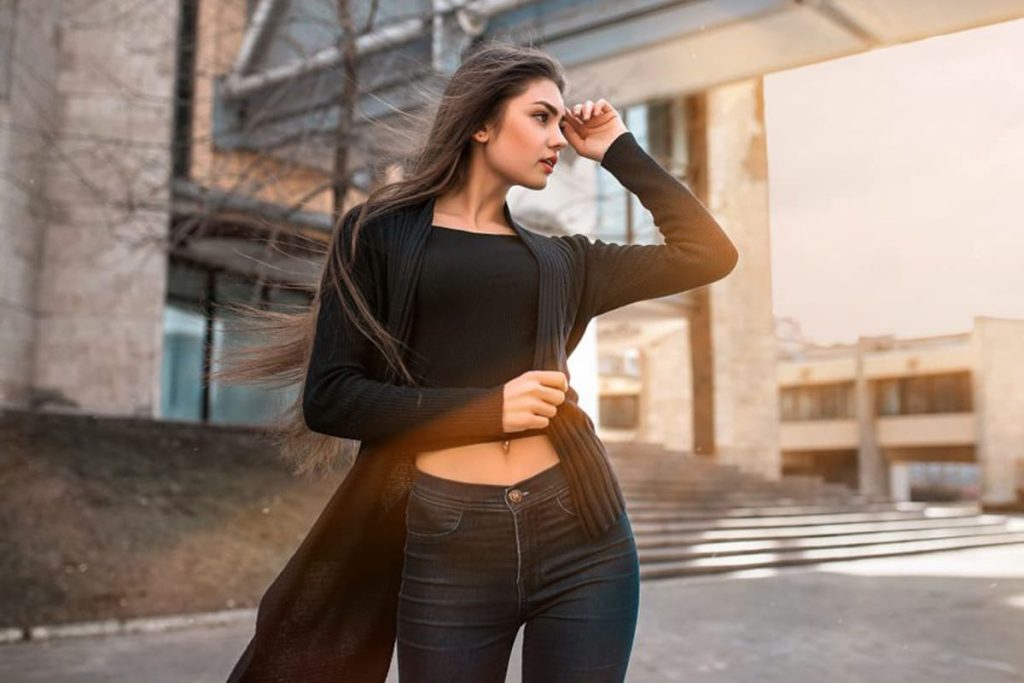
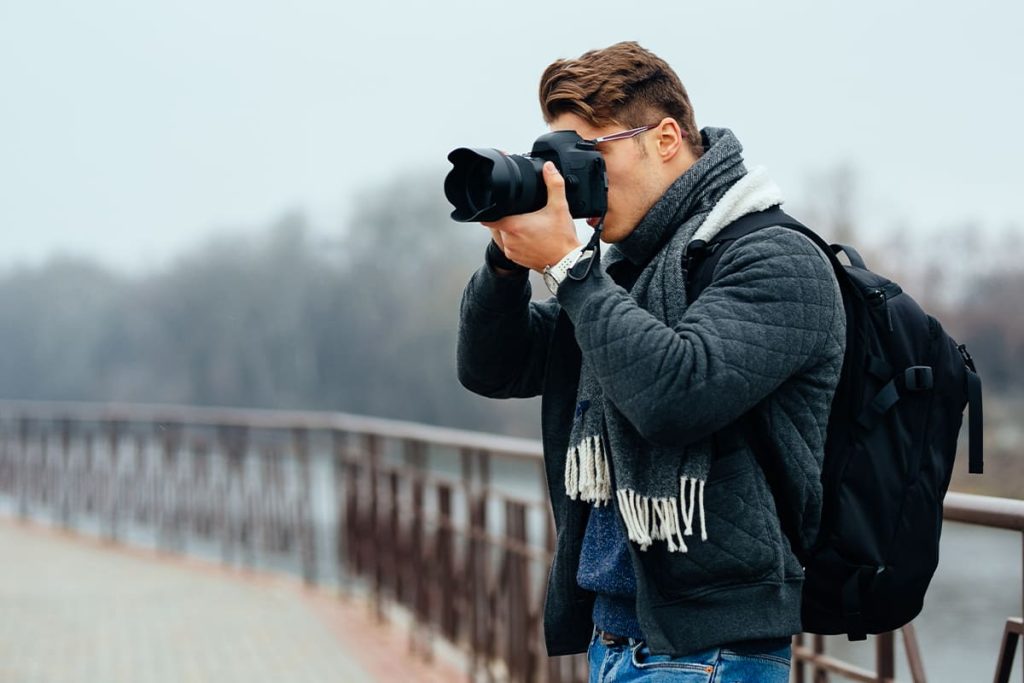
Using a reflector can drastically improve your lighting, especially in outdoor settings, without the need for expensive gear.
3. How to Get Started in Wedding Photography
Wedding photography is both a technical and emotional craft. As a wedding photographer, you’re responsible for capturing one of the most important days in a couple’s life, which requires preparedness and adaptability.
Using a reflector can drastically improve your lighting, especially in outdoor settings, without the need for expensive gear.
Start by familiarizing yourself with the event timeline and key moments, such as the vows, first kiss, and reception details. Bring the right gear, including backup cameras and lenses for both wide-angle shots and close-up portraits. Pay attention to the emotions, capturing candid moments that tell the story of the day. Wedding photography requires a blend of photojournalism and creativity to deliver timeless images.





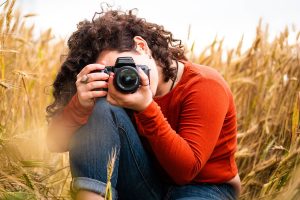




Post Comment
You must be logged in to post a comment.